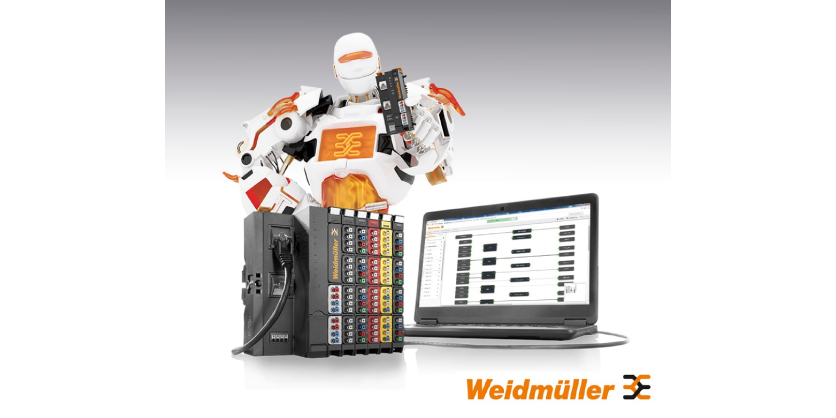maxon Adds Dynamism to Robotic Drives

December 6, 2021
maxon presents a new frameless BLDC motor with matching encoder that really comes into its own in dynamic applications. At the same time, we are also presenting a new series of ECX flat motors for a wide range of robotics applications. This heralds the arrival on the market of several solutions for design engineers grappling with tight spaces.
Innovative motor concepts are the answer to growing market requirements for dynamic response, compactness, and power density. With the EC frameless DT, maxon presents a solution that really packs a punch. The DT50 is the precursor of a new product family developed specifically for dynamic movements. The brushless motor with its frameless concept can be easily integrated into a wide range of applications by design engineers. It really comes into its own here in applications where speeds can change in an instant,such as in collaborative robots or exoskeletons. When installed, the EC frameless DT50 effortlessly reaches a nominal torque of over 500 mNm at a nominal speed of 4,000 rpm. This is despite a stator with an outside diameter of only 50 mm. At the same time, the new winding technology enables a very short motor length with a very large hollow shaft of 28 mm.
The TSX-MAG encoder completes the EC frameless DT50. It is a new through-shaft encoder that is not installed directly on the motor axis (off-axis installation). This gives engineers great freedom when it comes to design. The encoder can generate both Hall signals and incremental signals, which allows field-oriented commutation of the motor. More versions of the TSX-MAG and additional drive combinations will soon follow.
High-torque external-rotor motors
maxon also presents another innovation in the area of BLDC motors: the ECX flat product family. These external-rotor motors can be configured online and are optimized for maximum performance thanks to the special winding technology, as well as segmented magnets. The ratio of torque to weight and size is second to none and is ideal for use in UAVs (unmanned aerial vehicle) and robotics applications. The iron-wound motors will be available with diameters of 22 mm, 32 mm, and 42 mm, each and in a short or long version. The short versions are just 14 mm, 16 mm or 21 mm in length. The BLDC motors are thus perfectly tailored to compact drive solutions, which need a high torque. In addition, all variants will also be available with integrated encoders or with integrated speed controllers as a complete drive system.
To learn more about maxon drives, click here




